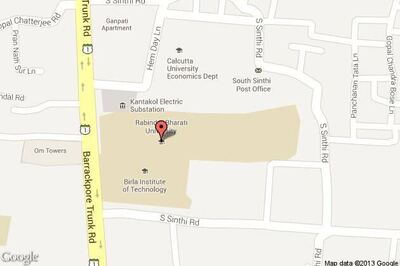
views
Washington: The United States has named a mountain in Antarctica in honour of an eminent Indian-American scientist whose pioneering biological research expedition has provided critical data about animal populations.
Akhouri Sinha, adjunct professor in the department of genetics, cell biology and development at the University of Minnesota, was recognized by the US Geological Survey, which named the mountain Mt Sinha, for his work he did as an explorer in 1971-72.
Sinha was a member of a team that catalogued population studies of seals, whales and birds in the pack ice of the Bellingshausen and Amundsen Seas using US Coast Guard Cutters Southwind and Glaciers in 1972 and 1974.
The mountain was named by Advisory Committee on Antarctic Names (US-ACAN) and the US Geological Survey.
Mt Sinha, a mountain (990 m) at the southeast extremity of Erickson Bluffs in the south part of McDonald Heights, overlooks lower Kirkpatrick Glacier from the north in Marie Byrd Land.
"Anyone can see the Mt Sinha, Antarctica on Google.com or Bing.com," Sinha told PTI in an interview.
"Show to the world that you are capable, don't be afraid to contact people out in the field today, and grab every opportunity," he said.
Sinha, who graduated with a BSc degree from the Allahabad University in 1954 and MSc degree in Zoology from the Patna University in 1956, said he was invited to conduct research on reproduction of Antarctic seals by the National Science Foundation Antarctic Program.
He also taught in the department of zoology at the Ranchi College from November 1956 to July 1961, before coming to the US.
"I went to Antarctica on two expeditions lasting for about 22 weeks on the US Coast Guard cutters, Southwind and Glacier, during 1972 and 1974, respectively," said Sinha, who has published over 100 papers and has been teaching graduate level courses for almost 25 years.
Sinha says his forefathers migrated to Buxar in Bihar from Delhi after Nadir Shah of Iran invaded Delhi in 1739.
"I go to my village (Churamanpur) almost every year, preferably in February to escape Minnesota winter and to visit relatives and village friends and others."



















Comments
0 comment